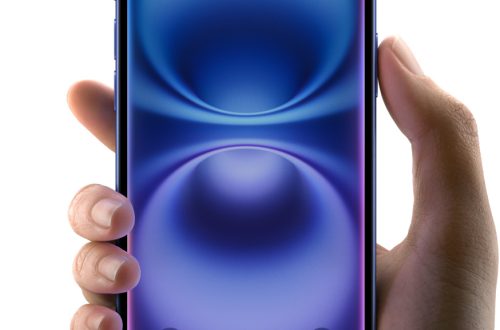
Windows 10 Is Reaching End of Life: Here’s What You Need to Know
Today is April 14, 2025—which means we’re exactly six months away from the official end of life for Windows 10 on October 14, 2025. If you’re still using Windows 10, now’s the time to start thinking about what’s next.
Windows 10 debuted on July 29, 2015, and quickly became the most popular operating system in the world. After the mixed reaction to Windows 8, Microsoft delivered a smoother, more familiar experience—bringing back the Start menu and focusing on speed, security, and usability. It was also the first Windows version to adopt a “Windows as a service” model, meaning regular updates instead of the usual big-version jumps.
When an operating system hits end of life (EOL), Microsoft officially stops releasing security updates, fixing bugs or performance issues, offering technical support, and adding new features. On October 14, 2025, Windows 10 will stop receiving all of that. It won’t immediately stop working—but it will become riskier and less reliable the longer you use it.
Even if everything “seems fine,” running end-of-life software can come with serious problems. No more updates means your system becomes a sitting duck for viruses, malware, and ransomware. New apps and updates may no longer be compatible with Windows 10. That includes web browsers, antivirus tools, and everyday productivity software. If your business stores personal or sensitive data, using unsupported software might put you out of compliance with laws like GDPR, HIPAA, or PCI-DSS. And with no updates, no patches, and limited community help as more people move on, you’re left without a safety net.
If you’re still using Windows 10, don’t panic—but don’t wait either. Check your device to see if it meets the system requirements for Windows 11. Back up your data just in case something goes wrong during an upgrade. If your PC can’t run Windows 11, consider alternatives like Linux—Ubuntu and Linux Mint are user-friendly options that are great for everyday use. The earlier you plan your transition, the fewer problems you’ll face when support finally ends.
With just six months left until Microsoft pulls the plug on Windows 10, now is the perfect time to get ahead of the curve. Don’t wait until the last minute—avoid the stress, stay protected, and make the move on your own terms.
Still on Windows 10? Thinking about upgrading or switching systems? Share your plan in the comments—we’d love to hear from you.





